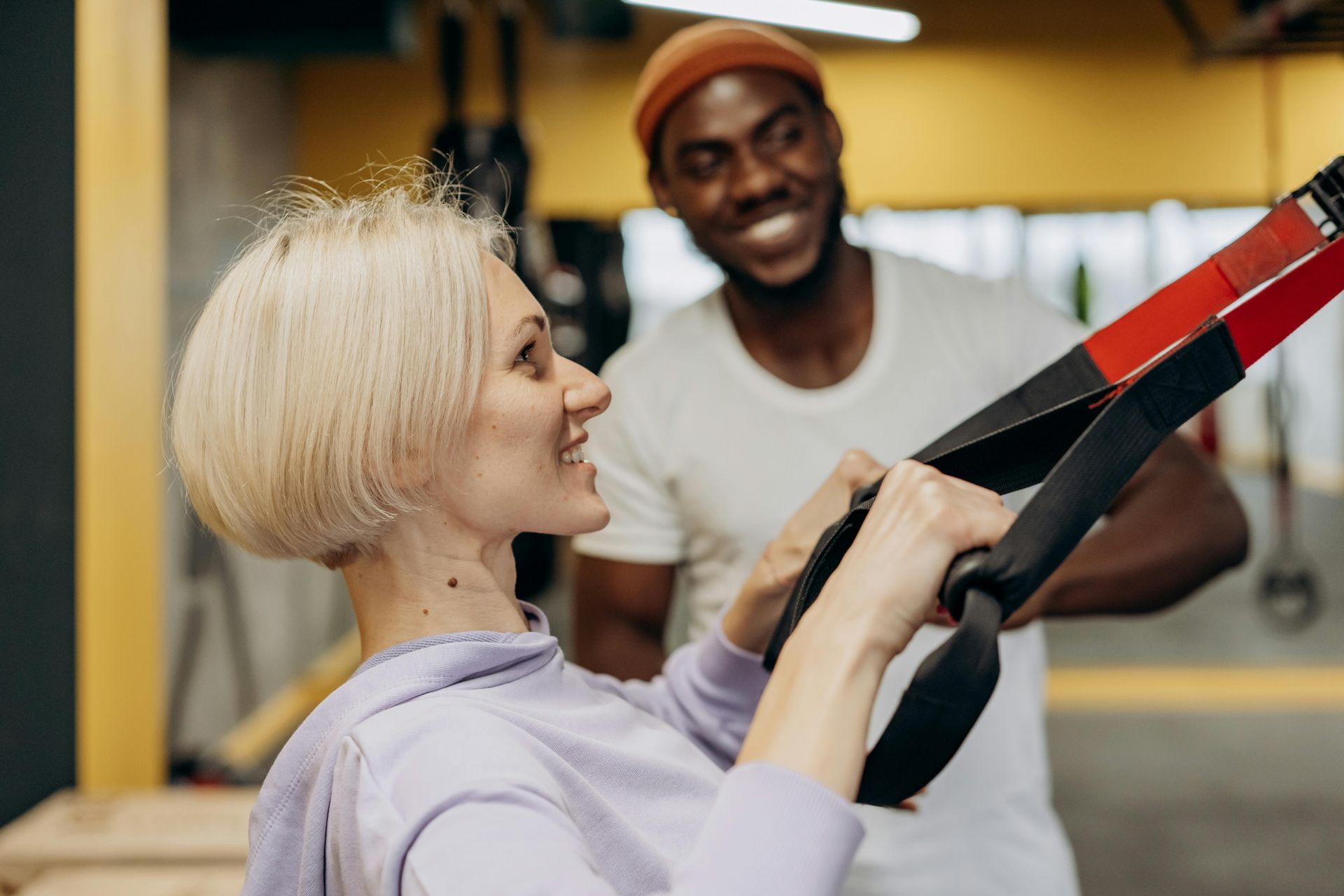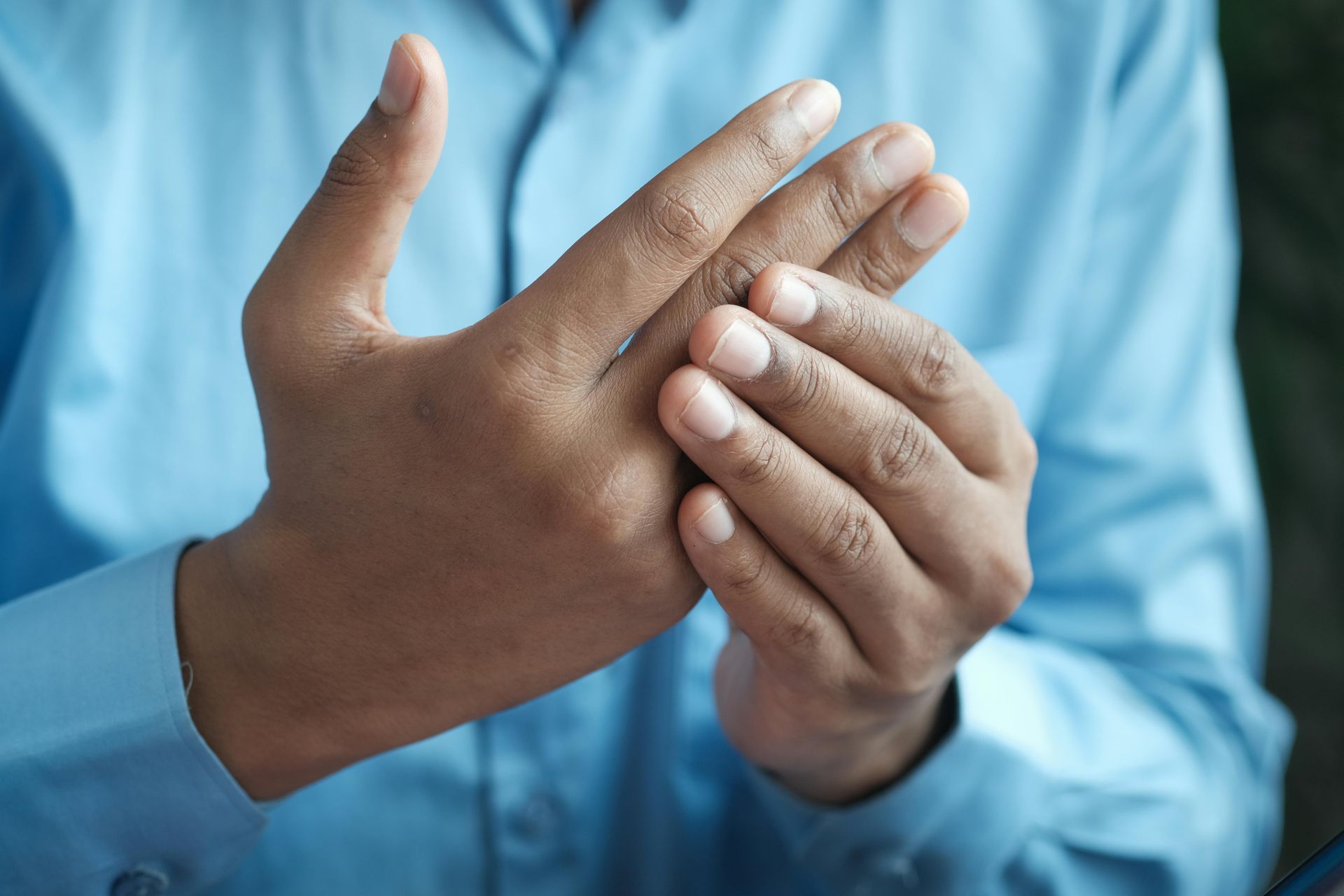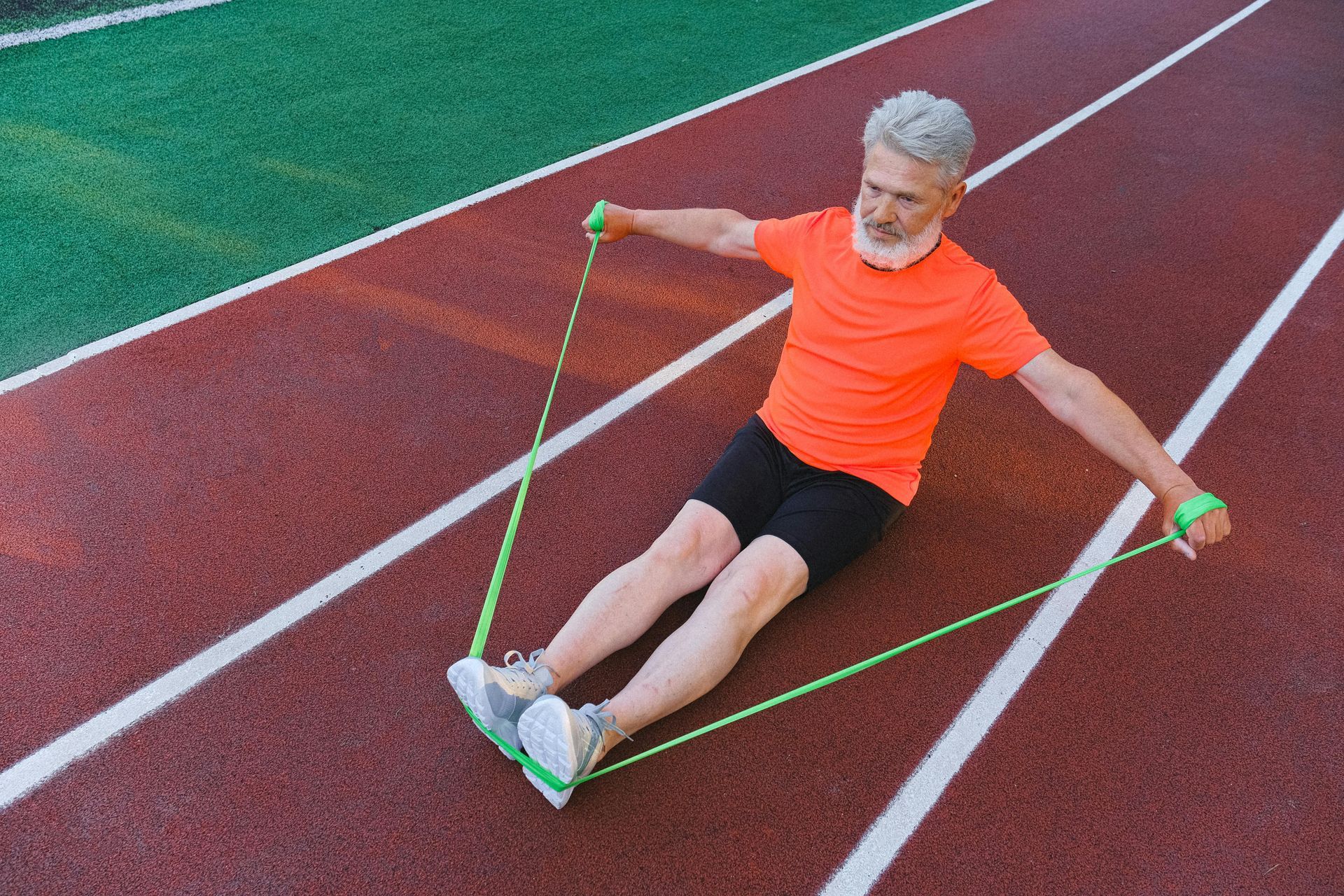Why Mixing Dynamic and Isolated Exercises is the Key to Better Movement and Recovery

What’s the Difference Between Dynamic and Isolated Exercises?
Dynamic Exercises
These are the all-in-one moves that get your whole body involved. Think squats, lunges, and push-ups. They train your muscles to work together, just like they do in everyday life.
Why they’re great:
- Build strength that helps with real-world tasks (like bending, lifting, or climbing stairs).
- Improve coordination and stability.
- Help your body move more freely.
Isolated Exercises
These focus on a single muscle or muscle group. For example, bicep curls or hamstring curls. They’re perfect for fine-tuning areas that might need a little extra attention.
Why they’re great:
- Target weak or tight muscles to improve balance.
- Help with recovery and rehab after injuries.
- Lay the groundwork for tackling more complex moves.
Why Combine Both?
When you mix dynamic and isolated exercises, you get the best of both worlds. Here’s why it works so well:
- Fix Weak Spots: Isolated exercises let you focus on the muscles that are underperforming or overworked. Once they’re stronger, dynamic movements make sure everything works together seamlessly.
- Move Without Pain: Dynamic exercises teach your body to handle everyday activities—like lifting a bag of groceries or getting up from a chair—without putting unnecessary strain on your muscles or joints.
- Recover and Prevent Injury: If you’re recovering from an injury, isolated exercises build up strength where it’s needed most. Dynamic exercises then restore your ability to move fully and confidently.
- Balance Over Bravado: We’re not here to make you lift the heaviest weights or sculpt magazine-ready muscles. Our goal is to help you move better, pain-free, and with more confidence in your daily life.
How We Can Help
At
Good Health Group Clinic, we focus on
function over aesthetics. We believe that fitness should be about helping you feel good, not just look good.
When you come to us, we’ll create a
tailored exercise plan based on your current fitness level and movement needs. We start with
simple strength exercises to target weak or tight muscles.
As you progress, we’ll incorporate
dynamic exercises to help you move better, with less effort and no pain.
This personalised, step-by-step approach ensures that you’re not just treating the symptoms but building a body that supports you in everything you do, whether it’s playing with your kids, returning to your sport, or simply enjoying a pain-free life.
Ready to Get Moving?
If you’re tired of living with pain or struggling with movement, we’re here to help!
Contact
Good Health Group Clinic today, and let us guide you on a journey to better, pain-free movement.
References
- Kibler, W. B., McMullen, J., & Uhl, T. (2001). Scapular dyskinesis and its relation to shoulder pain. Journal of the American Academy of Orthopaedic Surgeons.
- Cools, A. M., Dewitte, V., Lanszweert, F., et al. (2007). Rehabilitation of scapular muscle balance. The American Journal of Sports Medicine.
- Ludewig, P. M., Hoff, M. S., Osowski, E. E., et al. (2004). Relative balance of serratus anterior and trapezius muscle activity. The American Journal of Sports Medicine.
Blogs














